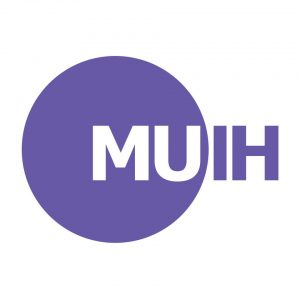 Cynthia Zanti Jabs is taking on a new venture this month. May will see the first classes of a curriculum she designed to teach Therapeutic Qi Gong to acupuncture students at the Maryland University of Integrative Health.
Cynthia Zanti Jabs is taking on a new venture this month. May will see the first classes of a curriculum she designed to teach Therapeutic Qi Gong to acupuncture students at the Maryland University of Integrative Health.
Qi Gong (pronounced ‘Chee Gung’) is to Asian Healing Arts what Physical Therapy is to Western Medicine. With a few notable differences: Qi Gong works with mental and spiritual issues along with physical ones. Many Qi Gong practices have been practiced for thousands of years. It’s very inexpensive and it never has to hurt to work.
Our life force/energy (‘qi’) can be cultivated (‘gong’) in a variety of ways. Qi Gong are tried and true practices that do this with specific movement, meditation, breathing, vocalizations, posture, and attention. Many of the practices are easy to learn and can be done by anyone in any stage of life or state of health. And they can easily be tailor made for individuals with a wide variety or health issues.
Qi Gong can be used therapeutically in several ways. Practitioners can do qi gong with clients (both diagnostic and therapeutically). They can teach qi gong practices to clients. They can also teach clients to develop their own Qi Gong practices. These are known in many parts of the world as powerful DIY tools for health and healing.
Many Qi Gong movement practices were developed by observing animals in the natural world. If you’ve ever lived with a cat and watched how they stretch when they wake up, you may have been inspired to ‘try on’ some of those stretches for size. You might even find that some of their movements help untangle some of your own knotty places. That’s basically how Qi Gong came to be – over thousands of generations.
‘Medicinal Movement’ practices were traditionally part of any healing strategy throughout China and much of Asia. They further healing work done with acupuncture or herbs and can be specifically aimed at specific aspects of recovery. Sadly, they are largely outlawed in modern China, perhaps because their tremendous potential for individual adaptation does not sit well with current Chinese leaders.
Ms. Jabs has taught Qi Gong practices to clients and students for more than a decade. This will be her first time teaching her own curriculum of therapeutic Qi Gong to new practitioners. Her hope is to put these treasures in the hands of a new generation of practitioners for the sake of all those to come.
For more information about Qi Gong movement practices, contact Cynthia Zanti Jabs, L.Ac. at czjabs@comcast.net or 443-226-6626. She practices Acupuncture and Qi Gong at Ruscombe four days a week.

Cynthia Zanti Jabs, L.Ac., has practiced Acupuncture and Medical Qi Gong for two decades. She can be reached at her Ruscombe Mansion office by calling 443-226-6626